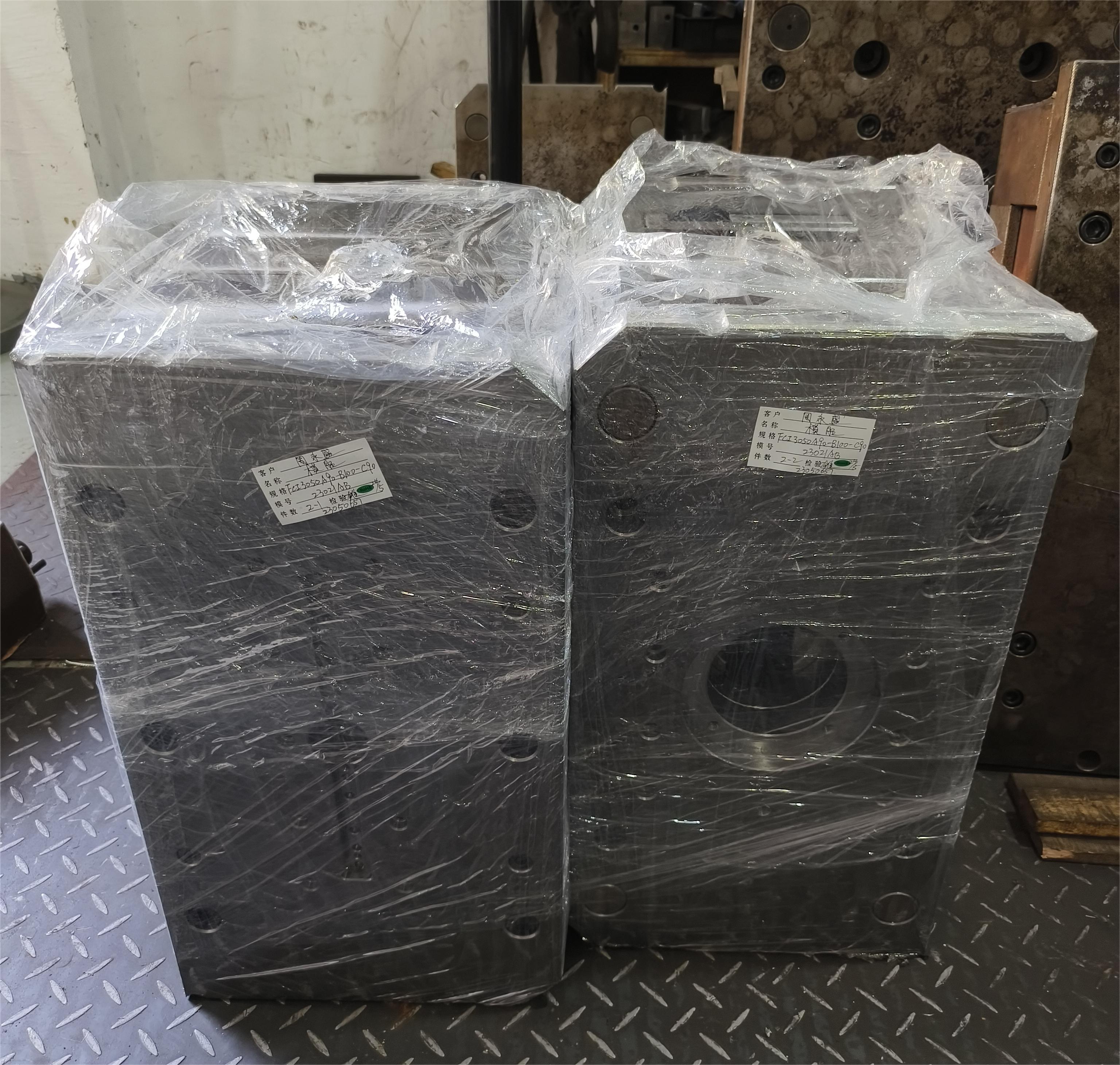Die casting is a manufacturing process that has revolutionized various industries by allowing for the precise shaping of metal components. In Korea, this technology is not only pivotal in traditional sectors like automotive and electronics but also emerging in newer industries such as medical devices and renewable energy. In this article, we will delve into the **innovations** and **applications** shaping the landscape of die casting in Korea today.
The Basics of Die Casting
Before we dive into Korea's specific advancements, it's essential to understand what die casting entails. Die casting is a metal casting process characterized by forcing molten metal into a mold cavity at high pressure. This technique ensures a high-quality finish, excellent dimensional accuracy, and facilitates mass production. Typical metals used in this process include zinc, aluminum, and magnesium, owing to their favorable properties.
Significance of Die Casting in Korea
Korea has made substantial strides in manufacturing and technology, establishing itself as a global player. Die casting serves as a backbone for several key industries:
- Automotive Industry: With leading car manufacturers like Hyundai and Kia producing millions of vehicles annually, die casting components such as engine blocks and transmission housings are crucial for efficiency and performance.
- Electronics Sector: Devices like smartphones and tablets require intricate metallic components, which are efficiently produced through die casting, ensuring both durability and a lightweight design.
- Renewable Energy: As Korea shifts toward green technology, die casting plays a vital role in producing components for solar panels and wind turbines, aimed at reducing carbon emissions.
Recent Innovations in Die Casting Technology
The die casting industry in Korea is witnessing rapid **innovations** driven by technological advancements. Here are some noteworthy trends:
- Automation and Robotics: The integration of automation in die casting processes enhances production efficiency and reduces human error. Robotic arms are now utilized for faster mold handling and accurate component placement.
- Advanced Alloys: The development of new alloys designed for die casting can significantly improve material performance. Korean researchers are focusing on creating lightweight materials that maintain strength and integrity.
- 3D Printing Integration: As 3D printing technology evolves, the ability to create complex and customized molds through additive manufacturing offers unprecedented design flexibility for die casting processes.
Applications in Various Sectors
Various sectors are reaping the benefits of die casting technology. Below are some examples:
1. Automotive Applications
In the automotive sector, die casting is utilized for creating robust components that contribute to vehicle performance and safety. High-pressure die casting is particularly popular for producing lightweight yet durable parts, which help improve fuel efficiency and overall vehicle performance.
2. Electronics Applications
The electronics market relies heavily on die casting for manufacturing enclosures, heat sinks, and internal components of devices. The precision of die casting allows manufacturers to create intricate designs that are essential for modern electronics.
3. Medical Devices
As Korea pushes forward in biomedicine, die casting is being employed in creating high-precision instruments and devices used in healthcare settings. The consistency and reliability of die-cast components are vital for medical applications where precision is critical.
The Future of Die Casting in Korea
Looking forward, the die casting industry in Korea is positioned for growth, thanks to ongoing **investments** in research and development. Emphasis on sustainable practices is also notable.
- Environmental Sustainability: The shift towards eco-friendly materials and processes is gaining momentum, with companies adopting best practices to reduce waste and energy consumption.
- Global Competitiveness: Korean die casting manufacturers are not only focusing on local demands but also enhancing their capabilities to compete in the global market by exporting advanced die-cast components.
Challenges Facing the Industry
Despite its potential, the die casting industry in Korea faces several challenges:
- Labor Shortages: The manufacturing sector is experiencing a shortage of skilled labor, which could hinder production rates and quality.
- Market Competition: As more countries invest in die casting, competition is becoming fiercer, necessitating constant innovation and efficiency improvements for Korean manufacturers to maintain their edge.
Conclusion
In conclusion, die casting remains a pivotal manufacturing process for various sectors in Korea, characterized by **innovations** and extensive applications. The focus on new technologies, sustainability, and high-quality production standards ensures that Korea will continue to play a significant role in the global die casting landscape. Addressing challenges like labor shortages and increasing competition will be critical for the growth of this industry in the future. As die casting technology evolves, so too will the opportunities for Korean manufacturers to lead in innovation and production.
FAQs
1. What materials are typically used in die casting?
The most common materials used in die casting are zinc, aluminum, and magnesium, due to their excellent fluidity and mechanical properties.
2. How does die casting differ from other casting methods?
Unlike sand casting or investment casting, which rely on gravity, die casting uses high pressure to inject molten metal into a mold, allowing for more complex shapes and better surface finish.
3. What are the environmental impacts of die casting?
Die casting has environmental concerns primarily related to energy consumption and emissions; however, advancements in waste management and the use of sustainable materials are helping to mitigate these impacts.
4. Can die casting be used for small components?
Yes, die casting is highly effective for producing both small and large components, making it versatile for multiple applications across various industries.
5. What is the future outlook for the die casting industry in Korea?
The outlook is positive, with ongoing technological advancements and investment in sustainable practices projected to drive innovation and maintain competitiveness in the global market.

